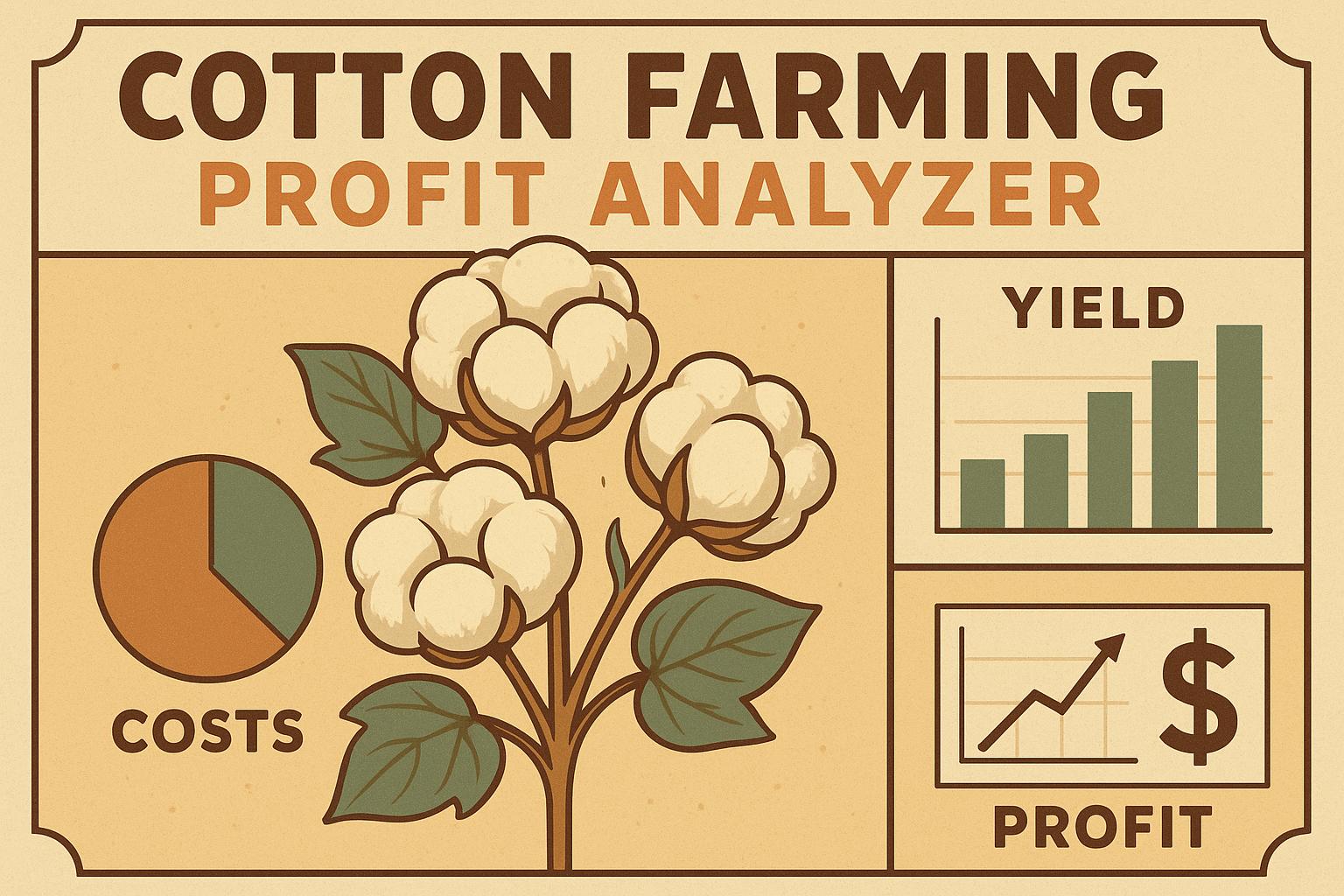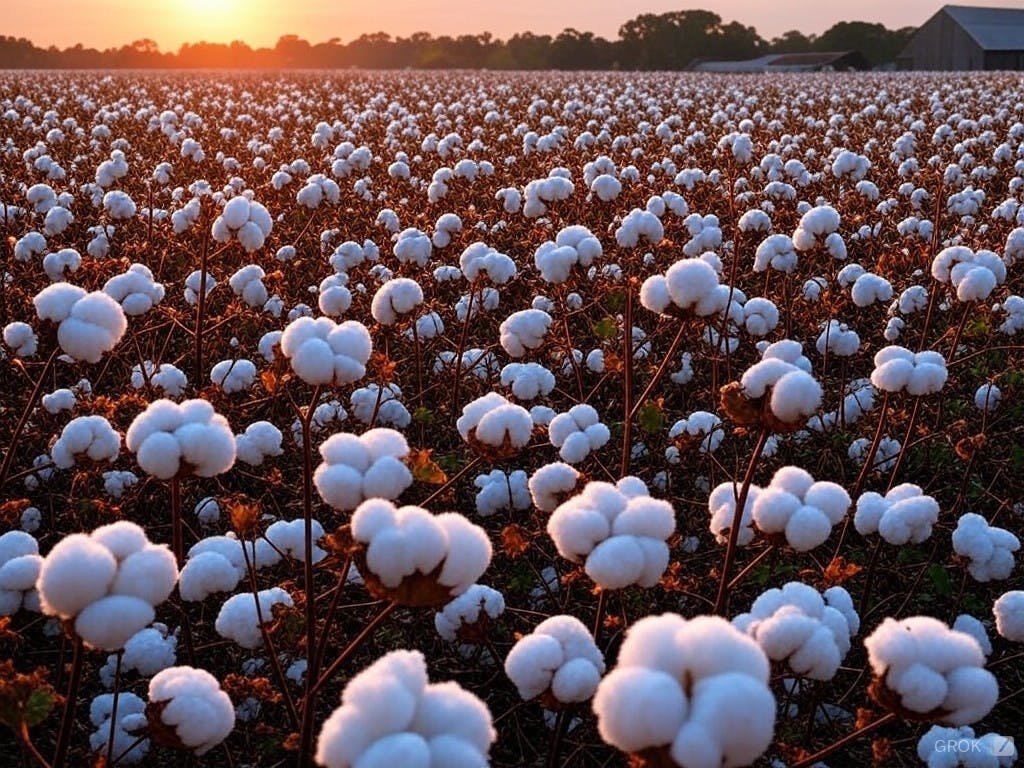Executive summary (TL;DR)
- Mastering each stage of the cotton yarn manufacturing process unlocks quality and profit, from precise lint preparation to fine-tuned spinning.
- Innovations like real-time moisture control, AI-driven quality monitoring, and automation elevate yarn consistency and reduce waste.
- Seasoned cotton professionals should leverage process improvements and data-driven mill partnerships to maximize yarn value and market competitiveness.
Related Post
For detailed fiber quality management techniques that impact yarn output, see Cotton Lint Quality Factors and Management for Premium Pricing.
Introduction: Why Yarn Quality Starts at the Farm
For experienced cotton growers, understanding yarn manufacturing is crucial for commanding premium prices. The transformation from lint to yarn is a multifaceted journey—a synergy of fiber quality and mill processing expertise. This post dives deep into modern cotton yarn manufacturing to enable growers and agribusiness professionals to optimize efficiencies and elevate yarn quality, directly impacting profitability.
Step 1: Preparing High-Quality Cotton Lint
Ginned lint quality defines the entire process’s baseline. Experienced growers excel by ensuring:
- Consistent moisture restoration within the 7-9% optimum range to avoid yarn breaks and mold.
- Accurate bale sampling for staple length, micronaire, and contamination to tailor milling processes.
- Proper bale blending using automation to homogenize fiber properties for downstream consistency.
Optimized lint preparation mitigates variability, ensuring smoother processing in the cleaning and carding stages.
Step 2: Opening, Cleaning, and Blending
Lint bales enter automated openers equipped with pneumatic systems that loosen compressed fibers. Key focus areas include:
- Aggressive cleaning to remove residual leaf, dust, and seed particles, which directly reduces yarn defects.
- Homogeneous blending to ensure stable micronaire and staple length ranges within batch processing.
- Timely maintenance of cleaning equipment to maximize trash removal efficiency and reduce fiber damage.
Step 3: Carding for Fiber Alignment
Carding disentangles fibers, removing short fibers and neps, and prepares the cotton web for drawing. Innovations improving this step include:
- Variable speed carding matches fiber characteristics to minimize fiber breakage.
- Smart sensor monitoring of fiber alignment and uniformity.
- Regular wire roller replacement schedules to maintain carding precision.
Carding is the linchpin for yarn uniformity and strength; any compromise manifests as defects downstream.
Step 4: Drawing and Combing (High-Quality Yarn Only)
Drawing frames double and redouble slivers to improve uniformity. For premium yarns, combing selectively removes short fibers and impurities:
- Drawing smooths out fiber thickness variability.
- Combing adds softness and tensile strength, invaluable for high-grade textiles.
Seasoned processors adjust combing intensity based on end-use yarn specifications.
Step 5: Roving Preparation for Spinning
Roving frames twist and condense slivers, producing strands optimized for spinning. Mastery includes:
- Tightly controlled tensions adjusted for fiber length and moisture.
- Real-time roving diameter monitoring to minimize spinning issues.
Effective roving management prevents frequent yarn breaks and maintains production pace.
Step 6: Spinning—From Fiber to Yarn
Spinning converts rovings to yarn with final twist and diameter control. Key modern approaches are:
- Ring spinning is preferred for finer yarns in apparel and delicate fabrics.
- Rotor (open-end) spinning for coarser yarns demanding cost-effective output.
Spindle speed and tension controls are now AI-optimized for dynamic adjustments, enhancing yarn strength and reducing wastage.
Step 7: Winding, Quality Control, and Packaging
Automated winding units ensure precise spool sizing and detect defects:
- Vision systems identify contaminants like seed coats, trash, or colored fibers.
- Optical inspection reduces costly customer returns by preempting quality issues.
Data aggregation on defect frequency enables feedback loops for process adjustments.
Leveraging Data and Automation for Competitive Advantage
From AI moisture sensors to real-time spindle analytics, modern yarn manufacturing uses data to drive quality:
- Predictive maintenance on machinery reduces unplanned downtime.
- Process metrics tied to bale IDs enable traceability and accountability.
- Integration with farm-level fiber quality metrics informs batch selection.
Common Challenges and Solutions
- Excessive yarn breaks: Usually traceable to moisture inconsistencies or carding defects.
- Variable yarn diameter: Investigation into drawing settings and fiber blend uniformity often locates the root cause.
- Contamination spikes: Emphasize improved cleaning, maintenance, and inline optical detection.
Actionable Takeaways
- Tighten bale grading and moisture control protocols at the farm level for downstream gains.
- Partner closely with mills employing AI-based quality controls and automated cleaning.
- Use historical process data to identify bottlenecks and coordinate batch blending strategies.
Conclusion: From Lint to Yarn, Efficiency Matters
Seasoned cotton professionals who extend their expertise beyond field boundaries into the yarn manufacturing process unlock premium market opportunities. In this complex journey, incremental improvements compound, transforming high-quality lint into high-value yarn with repeatable consistency.


